In the record-breaking 2024 Formula 1 season, 24 Grands Prix are scheduled to be held, and eight of them - one-third - are to be on street tracks - or at least take in some public roads as part of the circuit.
Come 2026, there will be a new addition to that list in Madrid - with the Spanish capital agreeing to a multi-year deal to host F1 at the IFEMA entertainment complex near to Barajas airport.
If you look back to the 2016 season, the final one before Liberty Media assumed control of F1, there were just five, with the introduction of the Baku race to compliment the long-standing Australian, Monaco, Canadian and Singapore events.
One key aspect for Liberty Media was to bring F1 to so-called 'destination cities' around the world, with Miami and Las Vegas fulfilling that criteria as the series enjoyed a post-pandemic boom and demand for F1.
But why are street circuits in demand in not just F1, but also in NASCAR which held its first-ever street race in Chicago in 2023? RacingNews365 takes a look.
F1 street races on 2024 calendar
| Country | Venue | First Grand Prix |
|---|---|---|
| Saudi Arabia | Jeddah | 2021 |
| Australia | Melbourne | 1996 |
| Miami | Miami International Autodrome | 2022 |
| Monaco | Monte Carlo | 1950 |
| Canada | Circuit Gilles Villeneuve (uses some public roads) | 1978 |
| Azerbaijan | Baku | 2016 for track, first Azerbaijan GP in 2017 |
| Singapore | Marina Bay | 2008 |
| Las Vegas | Las Vegas Strip Circuit | 2023 |
Accessibility
Conventional road courses around the world often suffer the misfortune of being plonked in the middle of nowhere well outside a city.
Take the Hungaroring for example - that is about 25km outside of Budapest or the recently abandoned French Grand Prix at Paul Ricard, which is about 45km from the nearest city of Marseille.
This adds extra time and expense to what is already a large outlay to visit a Grand Prix, and moreover, racing on a street track makes it far easier for people of all physical abilities to visit F1 rather than struggling with the trek to a field in the middle of nowhere.
Because of the very nature of road courses, sometimes fans are far away from close-up action, whereas in street races in city centres, they are virtually on-top of the cars as they snake through the city.
After all, as the famously misquoted line from the 1989 Kevin Costner film Field of Dreams goes: 'Build it, and they will come.'
They force mistakes
As road courses are generally found in wide expanses, they tend to be quite long and winding - take Silverstone, Spa or Suzuka as prime examples.
The longer the lap, the more chance the better cars have of hammering home their advantage, which is why huge differences in time deltas across the field in qualifying at these types of circuits are not uncommon.
Street tracks are tight and compact and physically and mentally demanding for drivers - although some of that burden has been reduced with the tendency for recent street circuits such as Jeddah or Las Vegas to feature long straights to allow drivers to rest after the twisty bits.
It is why Singapore is such a challenge as the walls keep the heat packed in, which coupled with the humidity makes for a potent cocktail with drivers not getting long straights to rest.
The result is that Safety Cars are common on street tracks, and as the cliche goes, Safety Cars and cautions breed Safety Cars and cautions...
Economic benefits
There is a reason any mayor around the world occasionally drops a story in local media saying: "City X is exploring the possibility of hosting a Formula 1 Grand Prix in the future.'
Invariably these get nowhere, but the very thought of your city and F1 Grand Prix in the same headline is enough to do exactly what it intends and provide a boost to the city.
If races are held in city centres, that provides economic benefits for local shops, restaurants and hotels and which canny politician doesn't want to keep voters onside with a guaranteed yearly influx of cash?
Get it right, as Singapore has done and it becomes more than just a race. F1's original night race has become a place to see and be seen at with the city a vital global hub of commerce and business.
The Grand Prix has helped to elevate Singapore - and that is the dream for any city.
Most read
In this article
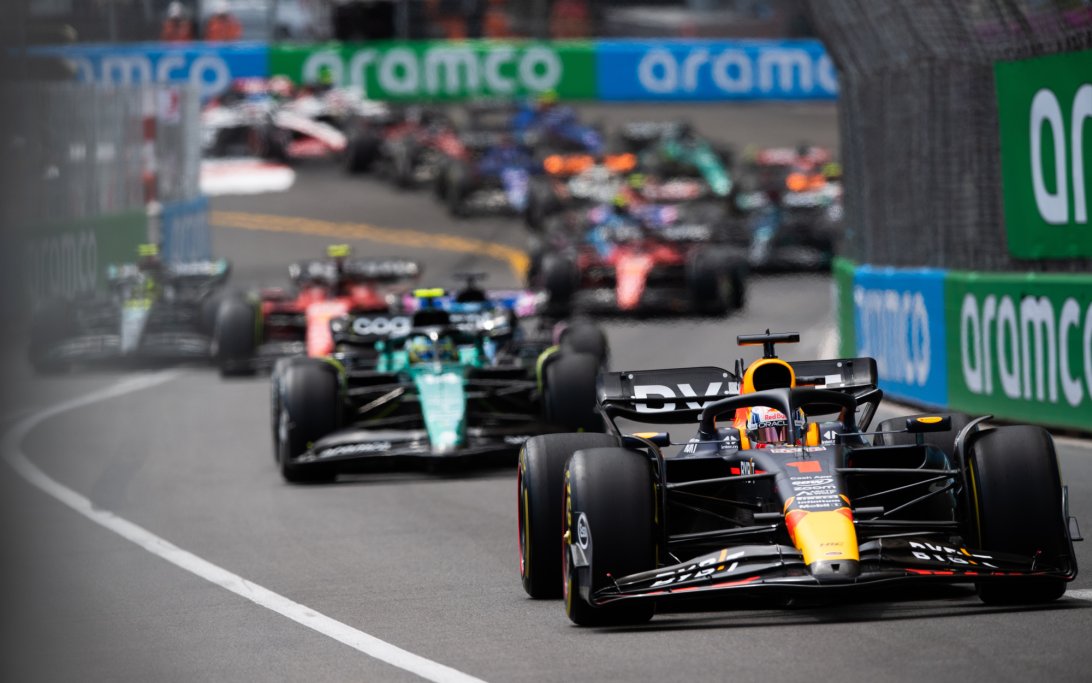
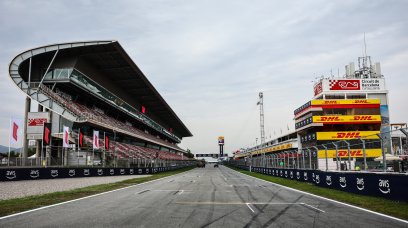

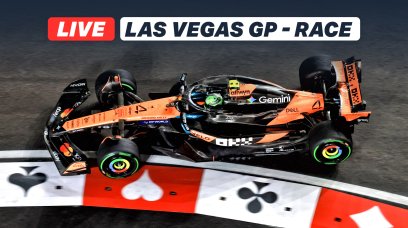
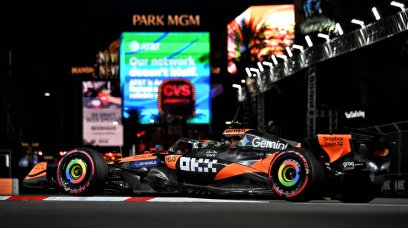
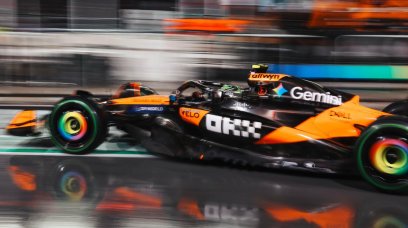


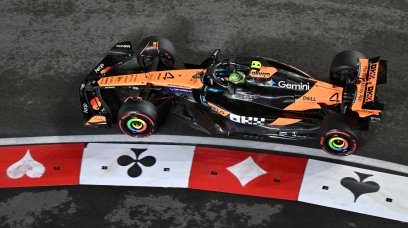
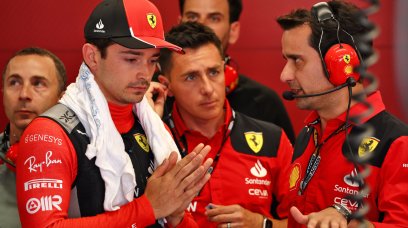
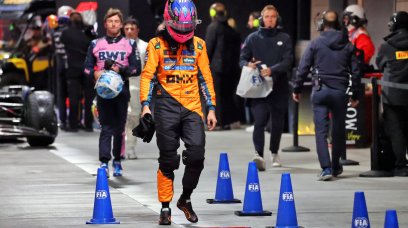












Join the conversation!